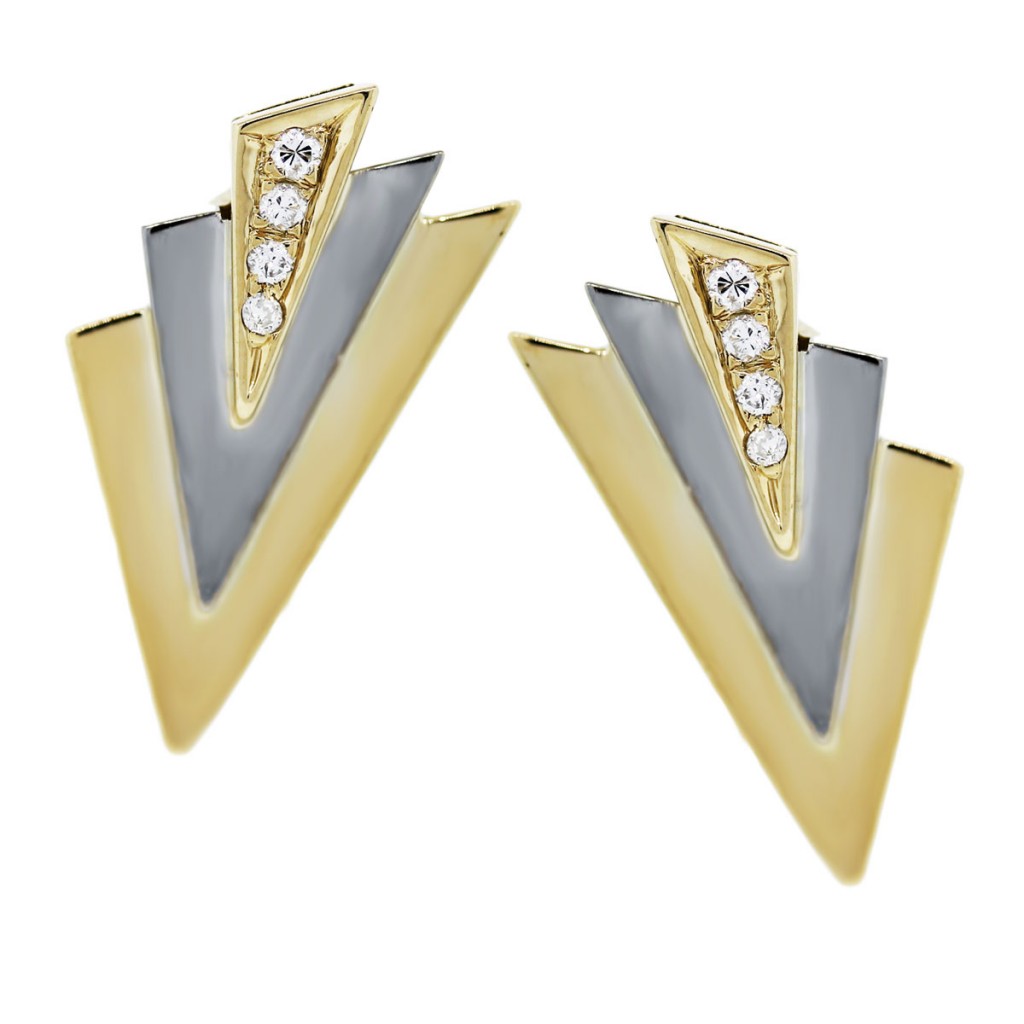To Have and to Hold – or Sell Gold?

The Allure of Gold
Across centuries, civilizations and cultures, there is one item that has consistently been sought after, fought over, and lusted for. That, of course, is the simple yellow metal we call gold. While there have been other items treasured by humans over the years, such as salt and spices, nothing begins to compare with the effect of gold on history.
The romance and tragedy of gold covers nearly the entire span of man’s recorded existence and was one of the earliest mediums of exchange. When the concept of money first evolved, it was gold coins that served the purpose. In fact, the spoils of war allowed Julius Caesar to make his Roman soldiers wealthy when he gave them each 200 gold coins as the spoils of war from defeating the Gauls.
It is difficult to explain our fascination with gold. Certainly, supply and demand have a great deal to do with it. There has simply never been much of it to go around. Consider for a moment the stunning fact that all the gold that has ever been mined would fit into a cubic container just 70 feet to the side. Add to that the fact that 90 percent of all gold ever mined has come into our hands since the California Gold Rush of 1849. That tells you that there was, indeed, very little gold for our ancestors to share.
Besides the reality of a very limited supply of gold, it is itself a unique metal. There is something magical about the gleam of a piece of gold. The fact that it doesn’t tarnish or rust adds to its mysterious quality. It is also quite malleable and durable. Of course, all these factors make gold the ideal candidate for jewelry. From earliest times to Mr. T, conspicuous consumption and sheer wealth were shown by wearing gold jewelry and ornamentation.
More than a Collectible
As modern technology has produced a world of computers and electronics, gold has become valuable for more of its properties. The metal is a superior conductor and more and more (currently topping 30 percent) of the annual production of gold goes to supply commercial and manufacturing needs. In fact, one of the limitations of the continual shrinking of electronic components is the size of a gold atom, with some circuits only being an atom or two in width.
A few additional facts about this intriguing element include:
- A single ounce of gold can be stretched to more than 50 miles, leaving a wire only five microns wide.
- A 30 foot by 30 foot sheet of gold can be hammered out from that single ounce of gold
- The total weight of all gold ever mined is only 174,100 tons, of which the U.S has nearly 11,000 tons on deposit.
- Gold jewelry is known for its unique ability to rapidly match the temperature of the body of the wearer.
- It is more common to find a five carat diamond than an one ounce gold nugget
Gold and the World of Finance
As noted above, gold has always been seen as a way to store and transfer value since the concept of finance came in to being. When economies began to become more complicated than a series of barter transactions, the concept of value was translated to money. Instead of trading pigs for animal skins, an individual could trade the pigs for gold coins and then use the coins to buy the skins. The participants in the transaction acknowledged the value represented by the gold coin and prices, a separate issue were set accordingly.
For roughly 25 centuries, gold has been accepted as a store of value. It is seen as an excellent protection against inflation, an economic disease that destroys the value of government fiat money. One oft-quoted example of this reality is that of the fact that an ounce of gold would buy a Roman Centurion an excellent suit of armor. That same ounce would buy a knight a suite of armor 1,000 years later and a businessman a fine suit today.
There are three major factors pushing up the price of gold today. First, as noted, is the increasing use of gold as an industrial commodity. Secondly, it is increasingly expensive to find and recover viable gold deposits. The third factor, however, is one of the most significant. With the global, massive government deficits and out of control spending, the specter of runaway inflation is shadowing the worldwide economic situation. Many investors see gold as a primary hedge against the effect this inflation will have on the value of their portfolios.
Between 1970 and 2010, the world spot price for gold increased from $37 to $1,400, a nearly 3,800 percent increase. For the first time in American financial history, gold appreciated in price more between 2000 and 2010 than any other public investment, including securities. A troy ounce of gold sold for $273 in 2000. By 2010 that price was $1,410. It hit a peak of $1,889 in 2011. While it is has hovered around $1,200 to $1,300 in 2013, few believe we will see anything but continued increases in the value of gold.
Gold Today: Treasures or Cash
Because of the incredible rise in the price of the precious metal, many people find they have significant value in gold jewelry bought only a few years ago. For those who have pieces made before the ‘70s, this increase in value can be quite steep. This economic reality has created a conundrum for many who own pieces of heirloom jewelry.
When we use the term priceless, we mean that the value of something is beyond any price that can be set. For many, nostalgia is the benchmark for value. For others, it is historical significance. Whether its Gramps’ pocket watch or King Tut’s scepter, the intrinsic value of some items will seemingly always exceed the spot price of a troy ounce of gold.
People in the industry today speak of the melt value of a piece of jewelry or an old gold tooth. This represents the value of an item if it is melted down to pure gold. The amount of gold recovered is of course, determined by the carat value of the original gold piece being melted.
The conundrum many face is determining that fine line between priceless and melt value. Circumstances arise where many simply decide that they would rather have the cash and memories rather than the physical piece of gold jewelry. While each individual has to make that decision, it get harder with every major jump in the price of gold.
Where to Sell Your Gold
Acknowledging this temptation, a number of companies and individuals have entered the market to buy gold from individuals. These range from NYSE firms to local pawn shops. There are also firms that will send you a prepaid envelope to send in your old, unwanted, broken or inherited jewelry and get a check back.
As always in a free enterprise system, these buyers range from reputable dealers to schlock operations out to rip off as many people as they can. There are a number of ways people can get a raw deal in such a transaction, from short-weights to a lowball quote on the spot price or the charging of excessive fees.
If you’re considering selling your old or unused jewelry, it’s a good bet to start with a qualified and reputable dealer. They can help evaluate the intrinsic value and determine if it exceeds the melt value. Many of them will also make a fair offer if you decide to part with your gold for cash.
Whatever your decision, it will be made harder by the fact that virtually every human hates to part with gold once it is in their possession.

